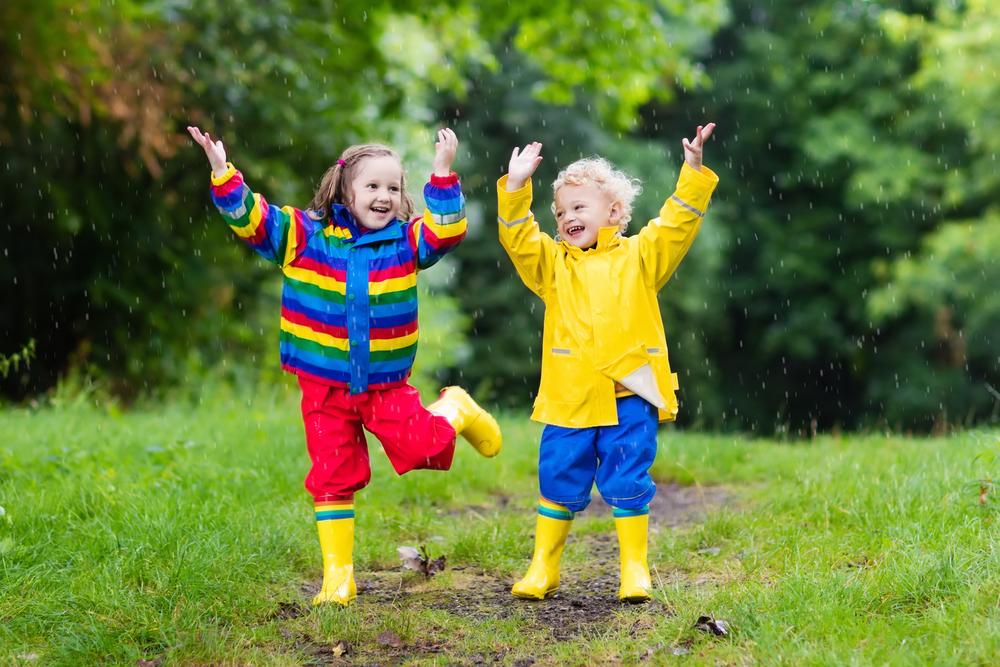PFAS are finding their way into “green” and “nontoxic” products, especially waterproof products marketed toward children and adolescents, according to new research.
The new study, published today in Environmental Science & Technology, shows that some children’s products with “green” or “nontoxic” labeling contain PFAS, which stands for per- and poly-fluoroalkyl substances—a group of toxic chemicals used in many consumer and industrial products. Exposure to these chemicals has been linked to health problems such as certain types of cancer, reproductive issues, and birth defects. The findings, the researchers said, point to the need for better understanding of how PFAS make their way into products, and more regulation to protect consumers.





